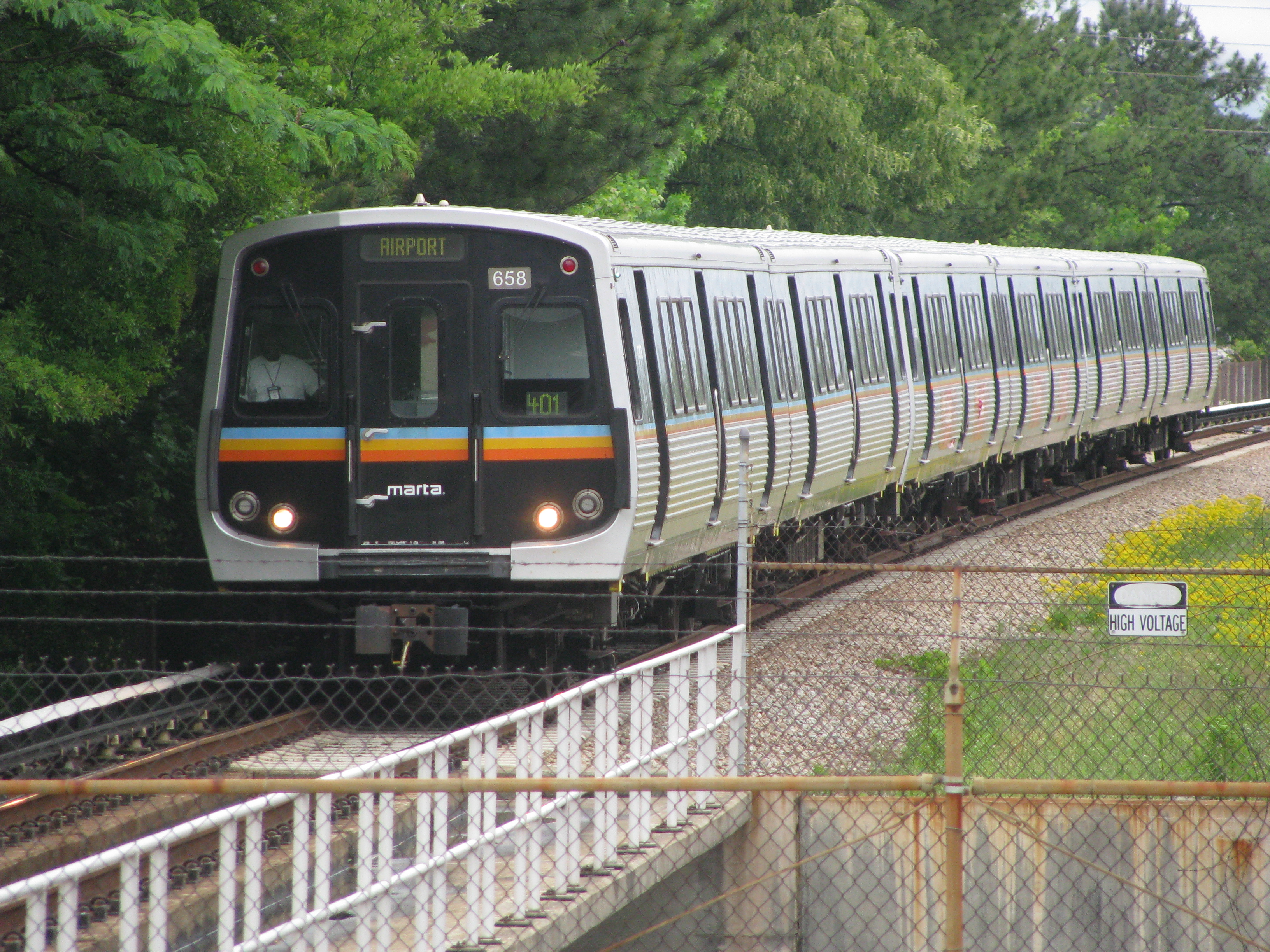Tapestry Of Space: Domestic Architecture and Underground Communities in Margaret Morton’s Photography of a Forgotten New York
In this article discussed by Irina Nersessova, homelessness and natural architectural structures are intertwined to become a safe haven for the homeless or less fortunate. Homelessness is a major problem in cities amongst the world, and without certain developments some people wouldn’t even have a place to call home. The major description of a homeless person’s home is the underground tunnel in New York City as the topic is discussed through older photographs. Many tourists of the city would assume the area an inconvenient area of wasted space but for those who live there, have more of a physiological connection than those who don’t. The areas of darkness seem terrifying and treacherous to the common eye of those whom aren’t homeless, but for the residents in the darkness, it is considered to be safe. Nersessova, upon recently interviewing a resident, quoted “The absolute darkness of the tunnel prevents danger from entering it, which explains how it is possible to have the highest feeling of safety in a place that is perceived as most dangerous.” The human mind tends to let fear overcome the curiosity of the brain and tends to render us from achieving our true potential. In this case, the darkness is a major fear we have that prevents us from entering a tunnel or dim lit area because of the fear of the unknown, and creates a safe haven for those who reside there.
The Fear of the Unknown
The biggest obstacle a human will ever face is his/her mind. The mind is a powerful thing and often we let our mind control our emotions instead of controlling our mind to become irrevocably unstoppable. This tunnel in New York could be fearful to those who do not understand or know what is in there and what could happen upon being in there, so for those who do it creates an area of shelter and safeness. One resident described living in the area as, “I feel safe in the tunnel because I don’t care how big you are—even if you have a gun or a weapon—if you don’t know where you’re going or if you never been in there—it has no light, no types of light” (Manny). By removing themselves from society aboveground, the residents of the tunnel are able to create a safe haven underground. As previously mentioned by Manny, the tunnel provides a sense of safety that revokes any fear of the darkness that lies ahead. Therefore, the residents of the tunnel would rather live in an area of seclusion that is feared by others than be exposed to the daily reality of society that lives above them.
According to the tunnel residents, life is less stressful underground because they’re able to create a place that doesn’t include life’s daily struggles such as traffic, confrontation, danger and much more. Also, they’re able to avoid the society that once failed them and utilize their time and energy more productively. For example, the residents express their sense of peace through artistic expression inside the tunnel by creating murals and graffiti. As mentioned by the author, Irina Nersessova, the presence of this artwork symbolizes humanity and the presence of a complete society.
